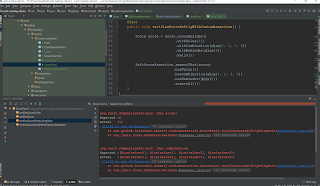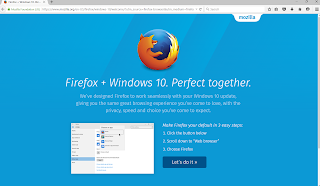${... } placeholders support in @Value annotations in Spring
${...} placeholders in @Value annotation are used to access properties registered with @PropertySource . This is extremely useful with @Configuration beans in Spring applications, but not only. To be sure that this is possible, PropertySourcesPlaceholderConfigurer must be present in all application contexts that placeholders resolution is required. In this blog post you will learn how to configure placeholders resolution in Spring 4 applications and how to inject different types of objects using @Value annotation, including JSR-310 Date-Time, JSR-354 Money & Currency or java.util.Optional .


